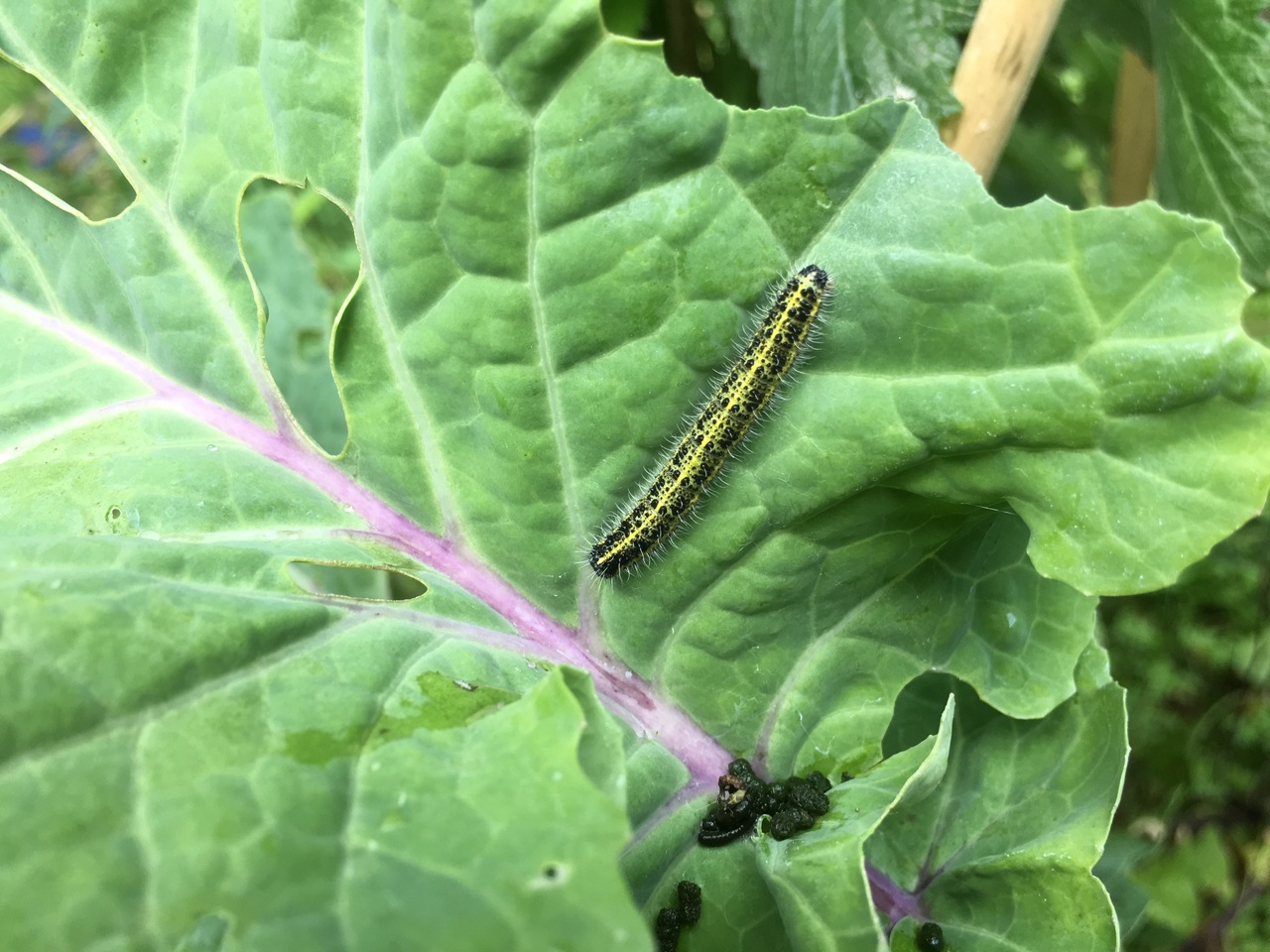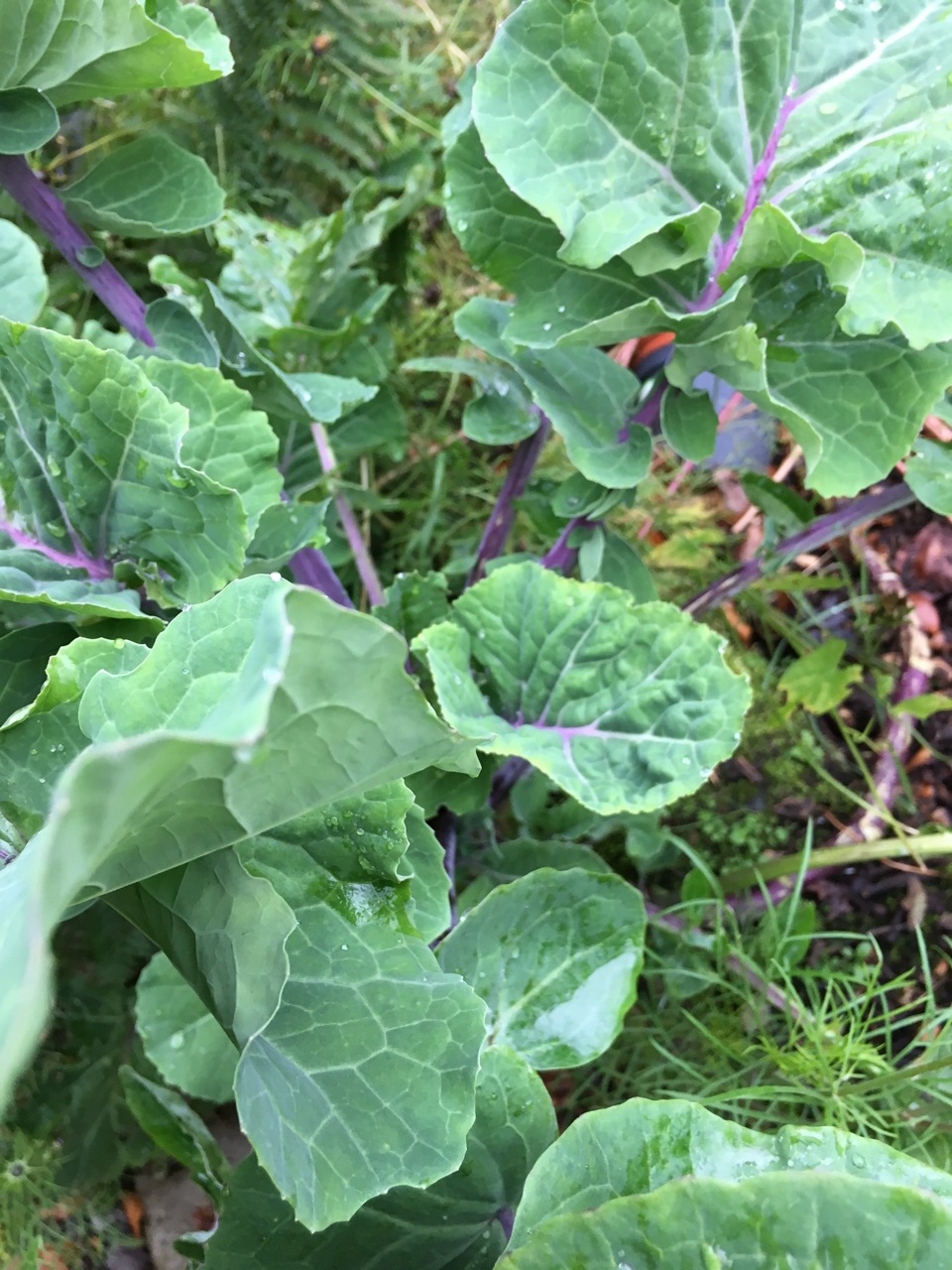
Jean Vernon uncovers a few easy to grow perennial crops for your garden.
Wouldn’t it be wonderful to have a few vegetable plants in the garden that grow year on year and don’t need sowing, planting and constant attention? Well you can. Just like your raspberries and strawberries that get better and better as time goes on there are a few vegetables and of course herbs that are pretty much there for ever after they’ve settled in. What’s more many are really delicious and they are all easy to grow.
Garlic replacement
One of my all time perennial vegetable favourites that I’ve been growing for decades is the Babington Leek. It’s a kind of perennial garlic, not as pungent as ‘real garlic’ but a really useful plant. You can use the underground bulbs instead of garlic, use the leaves as a useful ingredient in salads and stir-fries and it makes little bulbils on its flower heads so you can spread it around the garden and easily share it with friends and you can eat them too. It’s a good addition to garlic chives, wild garlic and normal chives, again all perennials that bulk up well, with the added bonus of their pretty pink or white flowers. The pink chive flowers attract a wealth of pollinators and especially the bees. Some say the nectar from alliums make the bees grumpy, but I’ve never found that to be the case.
Perennial Kale

In the must have perennial vegetable stakes there’s the Taunton Deane Cottagers Kale. It’s probably best described as a kale shrub or even a kale tree, because it can get quite big and the main stems get a bit woody. But it is a prolific leaf bearer, fantastic all year round for all sorts of uses. I pick the young leaves, which are soft and almost succulent and tear them up into salads. They don’t have a strong kale flavour and are great for bulking up salads when there’s a dearth of other ingredients. I’ve even made pesto from the leaves (with Babington Leek of course) and fresh from the garden it’s really delicious. It grows easily from cuttings, and it roots easily and the plants quickly grow into bushy plants with plenty of leaves. I’ve never seen it flower, but I have lost a plant in a very very cold winter, so I am now cautious about overwintering it outside. I keep now two or three plants in a large planter in the greenhouse all year round to ensure I’ve always got cuttings material.
They do get a bit eaten by the dreaded white butterfly caterpillars and slugs and snails but there is always plenty left for us and any holey leaves are simply snipped off and fed to the chickens, who relish a fresh supply of greens especially in the winter months.
Spinach alternative
I’m a bit of a spinach fan, whether it’s the perpetual spinach, which is really a chard, or the fresh leaves of real spinach. But I don’t always get the sowing and growing timing right to ensure a steady supply all year round. In spring and early summer the fabulous nettle makes a great spinach alternative, but it’s one that is so often and sadly met with a serving of snobbery, which is a great shame. If you have a patch in the garden, I implore you to try eating the spring green nettle tops. They make a fantastic soup with wild garlic or Babington leek and a pretty amazing pesto too, just steam the nettle tops first to neutralise the stings.
But imagine my delight when I discovered a plant that is commonly called a perennial spinach. And you can buy seeds too from Incredible Vegetables which also sells cuttings of the Taunton Deane Cottagers Kale and bulbils of Babington Leek. (http://www.incrediblevegetables.co.uk/shop/perennial-vegetable-seeds/hablitzia-tamnoides-caucasian-spinach/). And I have.
It’s got a pretty name Hablitzia tamnoides and is also known as Caucasian spinach. You can sow it in autumn but it needs a period of cold before it sprouts into growth. Since I’ve not yet sown it let alone grown it I can’t vouch for its flavour or how productive it is, but it grows in semi shade and grows naturally in woodlands. It’s a scrambler apparently and once established will clamber heights of 7-10ft, flowering in late summer and dying back for the winter to a crown. It’s propagated by seed or careful division of the crown and takes two to three years to get going, so watch this space!










